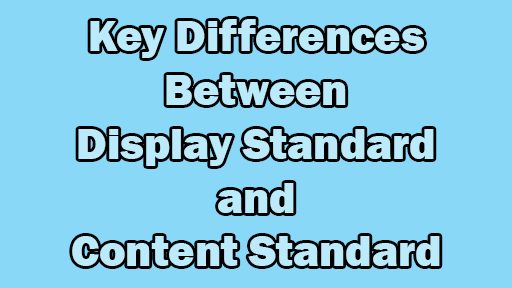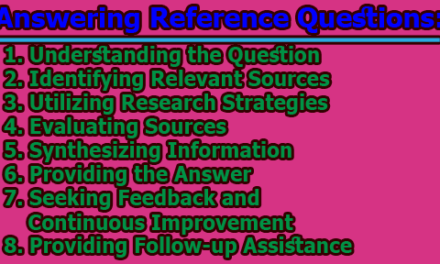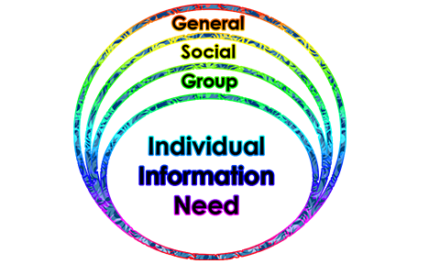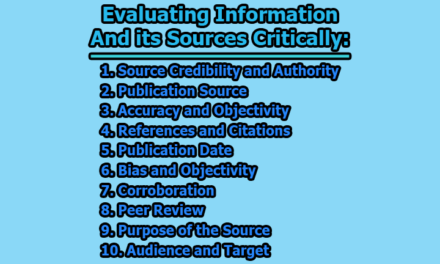Key Differences Between Display Standard and Content Standard:
Display standards and content standards are essential elements in the library context, ensuring that information is presented consistently and effectively. Display standards focus on the visual aspects of presenting information, such as font styles, colors, and layout. On the other hand, content standards dictate the quality and structure of the information itself, ensuring accuracy, completeness, and adherence to established guidelines. In the library setting, where information is a cornerstone, understanding the key differences between display standard and content standard is crucial for effective communication and knowledge dissemination.
| Aspect | Display Standard | Content Standard |
| Definition | Concerned with the visual presentation of information, including font styles, colors, layout, and graphic elements. | Focuses on the quality and structure of the information itself, including adherence to citation formats, data accuracy, and information organization. |
| Objective | Aims to ensure consistency in appearance and readability, creating a visually appealing and user-friendly environment. | Aims to ensure accuracy, completeness, and adherence to established guidelines, maintaining the quality and reliability of information. |
| Examples | Font styles (e.g., serif, sans-serif), color schemes, layout design, graphic elements (icons, images). | Citation formats (APA, MLA), data accuracy checks, adherence to subject-specific organization standards. |
| Role | Enhances aesthetics and user experience, contributing to the overall visual appeal of the library space and materials. | Maintains information integrity and reliability, ensuring that users can trust the content provided by the library. |
| Flexibility | Allows for creative design choices, adapting to current design trends and preferences. | Requires adherence to predefined rules and guidelines, limiting flexibility to maintain consistency and reliability. |
| Application | Applies to the external appearance of signage, posters, websites, and other visual materials. | Applies to information within books, articles, databases, ensuring quality and structure at the content level. |
| User Perception | Influences initial impression and engagement, shaping how users interact with and perceive the library. | Affects the trustworthiness and credibility of information, influencing user confidence in the accuracy of the content. |
| Review and Updates | May be updated for design trends and preferences, allowing for periodic changes to the visual presentation. | Requires periodic review to reflect changes in information, ensuring continued accuracy and relevance. |
| Accessibility | Focuses on visual accessibility and readability, addressing issues such as font size and color contrast. | Emphasizes accessible and understandable content for users, including considerations for language clarity and readability. |
| Collaboration | Involves designers, visual artists, and those with expertise in visual communication. | Involves librarians, subject experts, and content creators who collaborate to ensure information accuracy and adherence to content standards. |
In conclusion, while display standards enhance the visual appeal and user experience, content standards uphold the integrity and reliability of the information being presented. Striking a balance between these two aspects is essential for creating a library environment that is not only aesthetically pleasing but also a trustworthy source of knowledge for its users. Recognizing the differences between display and content standards empowers librarians and information professionals to curate and present information in a manner that is both visually engaging and academically rigorous.

Assistant Teacher at Zinzira Pir Mohammad Pilot School and College










